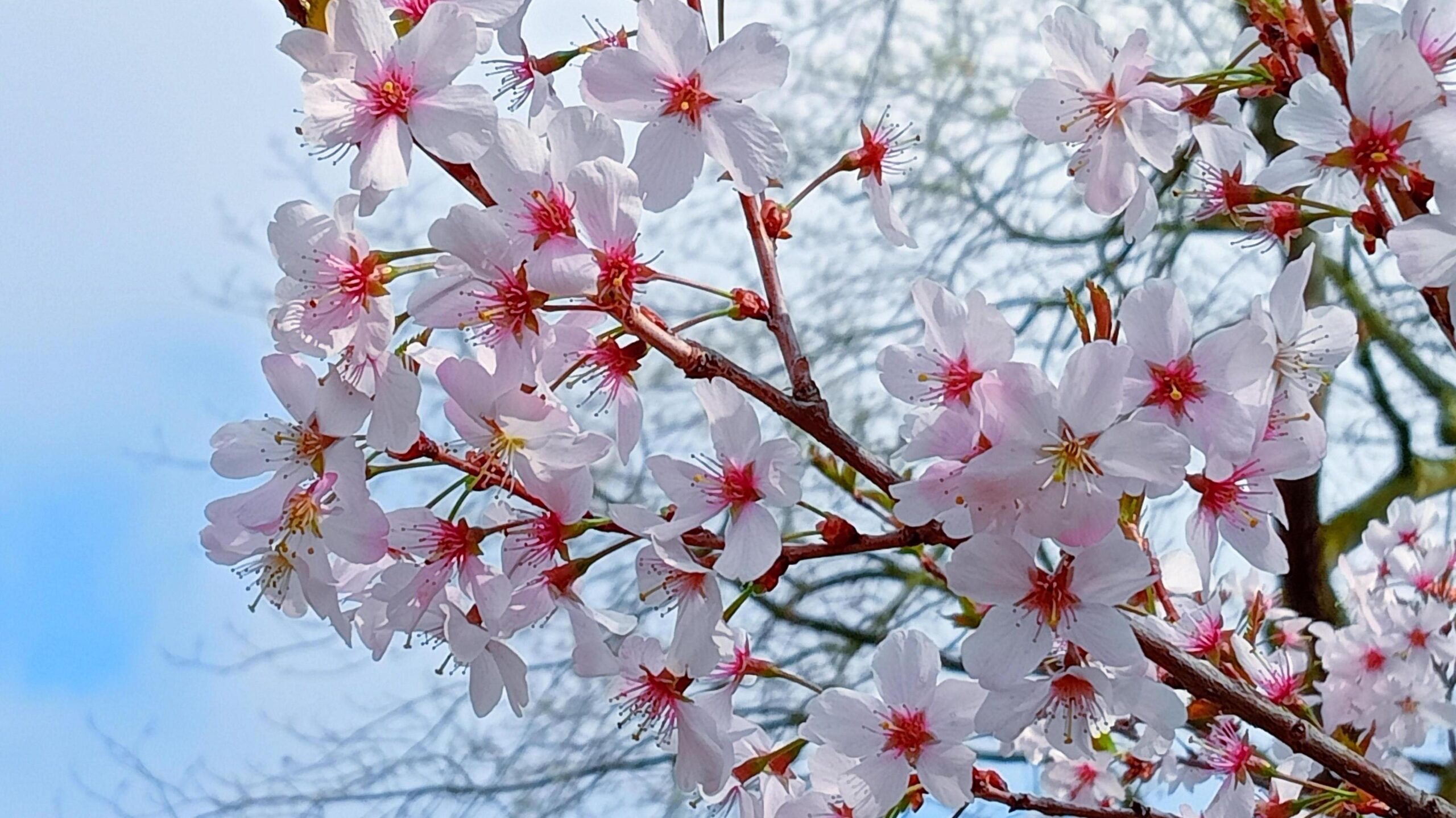The beauty of cherry blossoms is no longer reserved for distant lands like Japan. In recent years, cherry blossom UK experiences have become incredibly popular, drawing thousands of visitors to local parks, botanical gardens, and scenic countryside trails every spring.
This guide explores everything you need to know about cherry blossoms in the UK—including when to see them, where to go, and why they matter, culturally and environmentally.
When Do Cherry Blossoms Bloom in the UK?

In the UK, cherry blossom season typically begins as early as late February in southern regions and can last through May in northern areas. However, peak bloom usually falls in April, when the temperatures begin to warm, and daylight increases.
Factors That Influence Bloom Timing:
- Temperature and climate: Warmer springs result in earlier flowering.
- Geography: Southern England blooms first, followed by Midlands and Northern regions.
- Species differences: Some varieties bloom earlier than others (e.g., Prunus ‘Accolade’ often flowers in March, while others wait until April).
Pro Tip: To catch peak bloom, check local weather and blossom trackers each year or follow updates from parks and gardens via their social media.
Most Popular Cherry Tree Varieties in the UK

The UK is home to both native cherry species and imported ornamental varieties. While they all produce stunning blossoms, each type has its unique characteristics.
Common Cherry Blossom Trees:
| Name | Type | Flower Color | Blooming Time |
|---|---|---|---|
| Wild Cherry (Prunus avium) | Native | White | April |
| Bird Cherry (Prunus padus) | Native | Creamy white | Late April |
| Japanese Cherry (Prunus serrulata) | Ornamental | Pink or white | March–April |
| Kanzan (Prunus ‘Kanzan’) | Ornamental | Deep pink | April |
These trees can be found in gardens, parks, and streets throughout the UK, often offering a truly magical scene when in full bloom.
Best Places to See Cherry Blossoms in the UK
Forget the long-haul flight to Tokyo—here in the UK, you’ll find an abundance of stunning cherry blossom viewing spots that rival those in Japan. Some are well-known destinations, while others are hidden gems.
Top Cherry Blossom Locations in England:
- Kew Gardens, London: Famous cherry walk in the Japanese Landscape area.
- Greenwich Park, London: Iconic pink-lined avenue that explodes with blossoms each spring.
- Alnwick Garden, Northumberland: Home to the largest collection of Japanese cherry trees in the UK.
- Bute Park, Cardiff: A springtime favorite in Wales, filled with ornamental cherry trees.
- Walsall Arboretum, West Midlands: Under-the-radar spot that bursts with pink during blossom season.
- The National Trust’s Shugborough Estate: Offers both cherry and apple blossom displays.
Secret Blossom Gems:
- Stoke Poges Memorial Gardens, Buckinghamshire
- The Meadows, Edinburgh
- Riverside Walk, Durham
- Keele University, Staffordshire
- Fletcher Moss Park, Manchester
Many of these locations participate in #BlossomWatch, a National Trust initiative encouraging people to enjoy and share cherry blossom photos across the UK.
The Cultural Significance of Cherry Blossoms
Though cherry blossoms are now widespread in the UK, they carry deep-rooted cultural meaning from their origin in Japanese tradition.
In Japan, cherry blossom season is celebrated through Hanami, which means “flower viewing.” Families and friends gather under the trees to picnic, reflect, and admire the fleeting beauty of the blossoms.
UK’s Cultural Connection:
In recent years, the UK has embraced this tradition with:
- Hanami events in public gardens.
- Annual cherry blossom festivals.
- The Sakura Cherry Tree Project—a UK-Japan friendship initiative that planted over 8,000 cherry trees in parks, schools, and cities across the UK between 2019 and 2022.
The blossoms represent renewal, the passing of time, and beauty in impermanence, making them deeply symbolic across cultures.
Environmental and Ecological Value
Beyond their aesthetic charm, cherry trees serve important ecological roles in the UK.
Benefits to Local Wildlife:
- Pollinators: Early flowering cherry trees support bees and hoverflies when other food is scarce.
- Birds and mammals: Wild cherries produce fruit that is a food source for species like blackbirds and dormice.
- Urban greening: Cherry trees improve air quality and provide shade in city environments.
To promote biodiversity, it’s often encouraged to plant native cherry species like Prunus avium, which are more beneficial to local ecosystems than ornamental varieties.
Tips for Planning Your Cherry Blossom Visit

Make the most of cherry blossom season in the UK with a few simple planning tips:
What to Bring:
- Camera or smartphone
- Picnic blanket (especially if attending a Hanami-style event)
- Allergy medication (if you’re pollen-sensitive)
- Reusable bags (some parks have blossom-themed markets)
When to Go:
- Late March to mid-April is usually the sweet spot.
- Weekdays offer fewer crowds at popular parks.
- Visit early morning or golden hour for the best lighting and fewer people.
Join Blossom Events and Initiatives
More and more communities in the UK are organizing cherry blossom events—from walking tours to art installations. Be sure to check local tourism boards or park websites for updates each spring.
Also, participate in:
- National Trust’s #BlossomWatch
- Cherry Blossom Festivals in cities like Birmingham and London
- Volunteer planting days via local councils or garden societies
Final Thoughts: The UK’s Cherry Blossom Season Is a Must-See
Whether you’re a nature lover, a photography enthusiast, or simply looking for a peaceful spring outing, cherry blossom UK season offers a truly unforgettable experience. With trees blooming in every region—from London parks to remote countryside gardens—you don’t have to travel far to enjoy their fleeting beauty.
As more cherry trees are planted and communities embrace this spring tradition, cherry blossoms in the UK have evolved from a niche botanical event into a beloved cultural celebration. And now, it’s your turn to grab a camera, pick a spot, and witness the wonder for yourself.



